History of DJI: Redefining Aerial Photography
In the realm of aerial photography and videography, few brands can match the influence and stature of DJI. Born out of a single man's fascination with flight and technology, DJI has risen to become the gold standard in the drone industry, a position it has confidently maintained through continuous innovation and an unwavering commitment to quality.
Founded in 2006, DJI, short for Da-Jiang Innovations, has revolutionized how we capture the world from above, effectively bringing a bird's-eye view to the fingertips of professional and amateur photographers alike. From the stunning landscapes captured in sweeping drone footage to the thrilling perspectives offered in action-packed sports videography, DJI's technology has played an instrumental role in shaping our visual narrative.
This commitment to opening up the skies, coupled with a steadfast dedication to delivering cutting-edge technology, has positioned DJI as a leading figure in the world of aerial photography and videography. However, the journey to such heights is a story of innovation, foresight, and a deep understanding of users' needs. Let's delve into the fascinating history of DJI and examine how it continues to redefine the boundaries of aerial photography and videography.
The Founding of DJI
DJI was founded in 2006 by Frank Wang, a mainland China-born graduate of the Hong Kong University of Science and Technology (HKUST). Wang's fascination with flight and the potential of drone technology sparked the inception of DJI in his university dorm room. But it was his relentless dedication and vision that transformed a simple fascination into a global leader in the drone industry.
From the outset, DJI's focus was clear and unwavering: to create reliable and accessible drone technology. It was an ambitious goal, given the state of the drone market at the time. Drones were primarily the domain of military and specialized industries, with only a small number of hobbyists and enthusiasts dabbling in the technology.
However, Wang saw the potential of drone technology beyond its traditional uses. He envisioned a world where drones could be used for a myriad of applications, from photography and videography to surveying and inspections. His vision was of a world where the skies were open to exploration and creativity.
This vision was the driving force behind DJI's early innovations. The company worked tirelessly to develop and refine drone technology, striving to produce drones that were not only high-performing and reliable but also accessible and easy to use. The impact of these early efforts cannot be overstated. DJI's focus on accessibility and usability brought drones out of the military sphere and into the hands of consumers, effectively kick-starting the consumer drone market we see today.
Early Innovations and Market Leadership
As DJI set out to revolutionize the drone industry, the company understood that it needed to break new ground with each product it introduced. Its early drone models were not only innovative but also reshaped the expectations of what a consumer drone could be.
The Phantom series, for instance, became a game-changer in the industry. Launched in 2013, the DJI Phantom was one of the first ready-to-fly drones that combined advanced technology, user-friendly controls, and a reasonable price point. It was equipped with GPS technology, which enabled position holding and gave it the ability to return to its launch point automatically if it lost signal or if the battery was low. These features were practically unheard of in consumer drones at the time.
The Phantom series' success laid the foundation for DJI's dominance in the drone market. The company continued to push the boundaries of what was possible with subsequent drone models. The introduction of the Inspire series in 2014 brought professional-grade camera stabilization and image quality to the consumer market. The Mavic series, introduced in 2016, offered portability without compromising the quality and capabilities that DJI's drones were known for.
Each of DJI's products has left an indelible mark on the drone industry. They have continuously raised the bar for what consumers can expect from a drone, from the ease of use and reliability to the quality of the camera and stability of the footage. This relentless innovation and commitment to quality have cemented DJI's place as the leader in the drone market.
Expanding into Gimbal Technology
But DJI didn't just set the standard with its drones. The company also led the way in developing gimbal technology. DJI's Zenmuse gimbals, introduced alongside the Inspire series, offered unprecedented camera stability and precision in the consumer market.
Recognizing the potential to apply its expertise in stabilization beyond the drone industry, DJI ventured into gimbal technology, revolutionizing handheld videography in the process. The launch of the Ronin series marked DJI's significant foray into this new territory.
Introduced in 2014, the DJI Ronin was met with a resounding response from the filmmaking community. Here was a 3-axis camera stabilizer that offered precision control, flexibility, and ease of use at a price point that was accessible to independent filmmakers. The Ronin brought the kind of smooth, cinematic footage that was previously only achievable with expensive and complex Steadicam systems.
The Ronin series continued to evolve and innovate. The Ronin-M, a lighter and more compact version, was introduced in 2015, followed by the Ronin-MX in 2016, which was designed for both handheld and aerial use. In 2017, DJI unveiled the Ronin 2, featuring a more powerful motor and higher versatility to support a wider range of cameras.
Perhaps one of the most significant additions to the line was the Ronin-S, launched in 2018. This was DJI's first single-handed stabilizer for DSLR and mirrorless camera systems. It was followed by the smaller and lighter Ronin-SC in 2019, designed specifically for mirrorless cameras.
These products have had a substantial impact on the videography industry. They have democratized access to professional-quality stabilization, allowing filmmakers at all levels to achieve smooth, cinematic footage. Whether for feature films, music videos, or travel vlogs, DJI's Ronin series has become a staple in videography gear, further establishing DJI's reputation as a leader in camera stabilization technology.
The Phantom Series
The DJI Phantom series has become synonymous with drone photography and videography, representing a turning point not just for DJI, but for the entire drone industry. The launch of the original Phantom in January 2013 marked a significant step in making aerial photography and videography accessible to the masses.
The first Phantom drone was a white, ready-to-fly quadcopter that made drone flying easy and accessible. It came with a simple controller and an integrated GPS module — an innovation at the time. Although it didn't initially come with a camera, users could attach a GoPro to it, making it an attractive tool for adventurers and hobbyists wanting to capture aerial footage.
The real game-changer came with the Phantom 2 Vision, released later that same year. It was one of the first consumer drones to come equipped with an inbuilt high-definition camera, effectively opening up the skies to photographers and videographers.
Subsequent Phantom models continued to push the boundaries. The Phantom 3, launched in 2015, offered a Live HD view, giving users a real-time visual feed from the drone's camera on their mobile device. The Phantom 4, released in 2016, introduced intelligent features like obstacle avoidance and active track, making it safer and easier to capture complex shots.
The Phantom 4 Pro, released in late 2016, was another big leap forward. With a 1-inch 20-megapixel sensor, it could capture high-quality photos and 4K videos, rivaling the output of more expensive professional aerial equipment.
The Phantom series' impact on the industry has been profound. By making drone technology more accessible and affordable, it has allowed photographers and videographers to explore new creative possibilities. Whether it's capturing stunning landscapes from a bird's-eye view or filming dynamic action sequences, the Phantom series has played a key role in popularizing drone photography and videography.
The Mavic and Spark Series
In a further push to democratize aerial photography and videography, DJI unveiled the Mavic and Spark series. These product lines represented a significant shift towards portability without compromising on the advanced features DJI drones were known for.
The Mavic Pro, launched in 2016, broke new ground in the drone industry. It was one of the first consumer drones to feature a foldable design, making it incredibly portable. The drone also boasted a 4K camera on a 3-axis gimbal, and advanced features such as obstacle avoidance and ActiveTrack, which allowed it to follow a subject automatically. The Mavic Pro proved that powerful drone technology could come in a compact and travel-friendly package.
The Mavic series continued to evolve, with the Mavic Air in 2018 and the Mavic 2 in 2018. Each new model brought improvements in camera quality, flight performance, and intelligent features. The Mavic 2, for instance, came in two versions: the Mavic 2 Pro, with a Hasselblad camera and 1-inch sensor for high-quality aerial imaging, and the Mavic 2 Zoom, with a zoom lens for dynamic and creative video possibilities.
On the other hand, the Spark, launched in 2017, was marketed as a mini drone that anyone could fly. With gesture control capabilities and a lower price point, the Spark was designed to attract casual users and beginners to drone photography. Despite its small size, the Spark was equipped with a high-quality camera and could perform intelligent flight maneuvers.
Both the Mavic and Spark series have played a crucial role in making drone photography and videography more accessible. Whether you're a professional looking for a portable drone solution or a beginner exploring aerial photography, these drones have provided powerful tools to capture unique and stunning visuals.
DJI's Impact on Photography and Videography
Without a doubt, DJI's innovations have significantly influenced both professional and amateur photography and videography, transforming the way we capture and perceive our world. The brand's drones and gimbals have not just been tools, but catalysts for creativity, opening up new perspectives and possibilities for visual storytelling.
From a professional standpoint, DJI's products have become indispensable in various fields. In cinematography and television, drones have replaced expensive helicopter shots, enabling breathtaking aerial footage at a fraction of the cost. Documentarians and journalists have used them to gain access to remote or hazardous areas, providing unique insights and amplifying untold stories. In real estate, architectural, and landscape photography, drones have allowed for impressive high-angle shots that were previously difficult to achieve.
DJI's impact extends beyond the professional realm. Amateurs and hobbyists have also embraced these tools, using them to elevate their personal photography and videography projects. Through social media platforms like Instagram and YouTube, stunning drone-captured visuals have become part of our everyday digital landscape. These platforms are filled with mesmerizing images and footage captured using DJI products, from sweeping landscapes and cityscapes to creative shots at weddings and other events.
A testament to DJI's influence is the annual SkyPixel Aerial Photo & Video Contest, which attracts entries from around the globe. The contest showcases the incredible diversity and creativity of aerial photography, with many iconic images captured on DJI drones. From the ethereal beauty of a foggy forest captured by a Mavic Pro to the vibrant patterns of a tulip field seen from a Phantom 4, these images underscore the unique visual opportunities that DJI products provide.
Indeed, DJI has not merely sold cameras; it has promoted a new way of seeing the world. The company's drones and gimbals have brought the third dimension to photography and videography, pushing the boundaries of what's possible and inspiring photographers and videographers to continually reimagine their craft.
The rise of FPV (First Person View) drone flying, particularly for drone racing and immersive photography, is another area where DJI has already made its mark with the release of the DJI FPV. As this trend continues, we may see more advanced FPV systems from DJI that deliver even greater speed, agility, and immersion.
Additionally, as drones become more commonplace in various industries - from agriculture and construction to emergency services and delivery - it's likely that DJI will continue to develop specialized drones to cater to these sectors.
In the span of less than two decades, DJI has undeniably left a significant mark on the photography and videography industries. Since its founding in 2006, DJI has been a pioneer in drone technology, relentlessly pushing the boundaries of what is possible in aerial photography and videography.
From its early beginnings, DJI has proven itself as a game-changer, setting the bar high with the introduction of innovative drones that have become industry standards. The success of the Phantom series, the portability of the Mavic and Spark series, and the professional capabilities of the Inspire series have solidified DJI's status as a market leader.
It's clear that the company's influence extends far beyond its products. DJI has fundamentally changed our perception of what's possible in photography and videography, democratizing aerial imagery and continually raising our expectations for what these tools can do. As DJI moves forward, we can expect the company to continue its trajectory of innovation, forever pushing the boundaries of the "possible" in our creative pursuits.
Check out also other brands



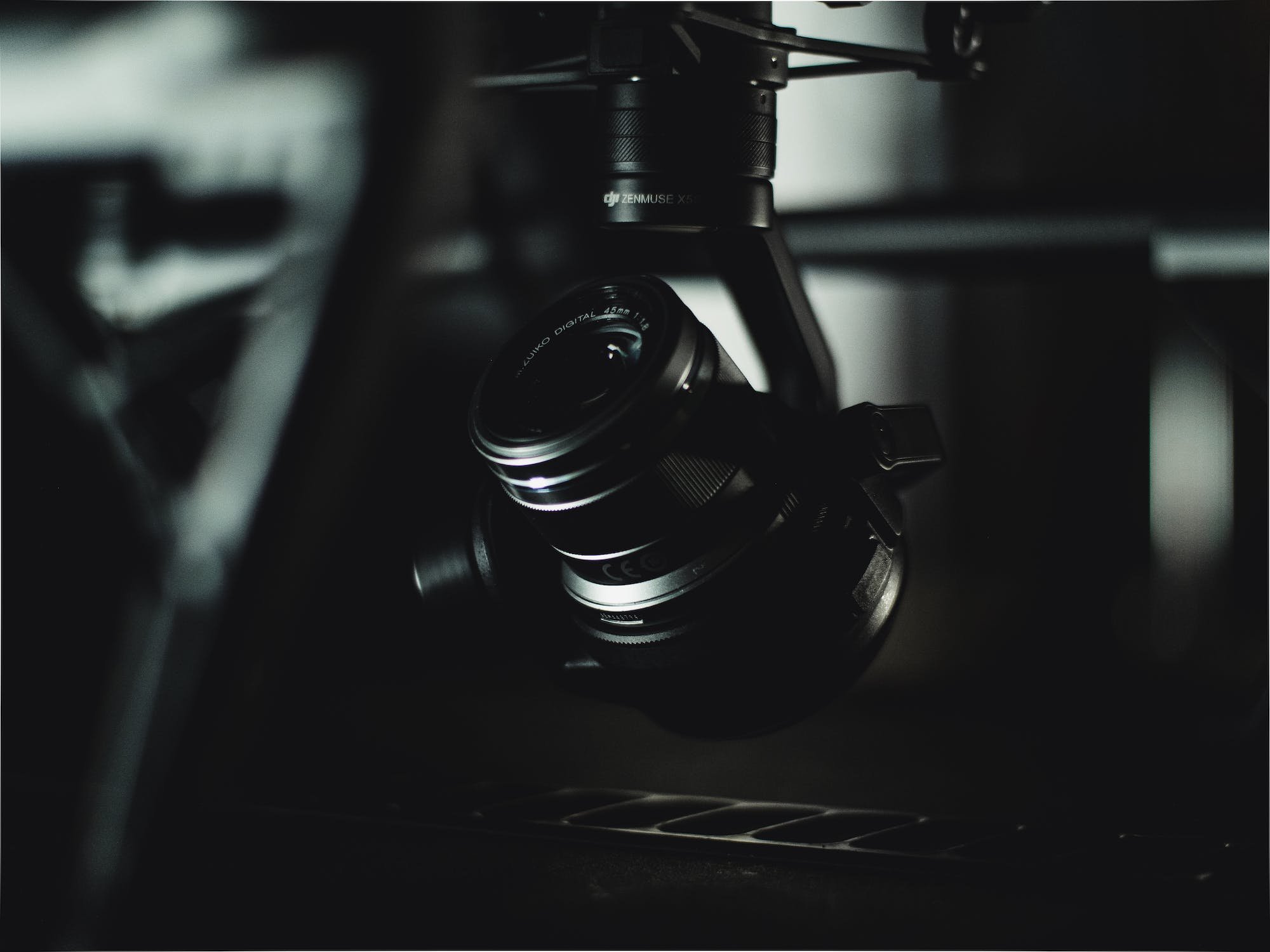
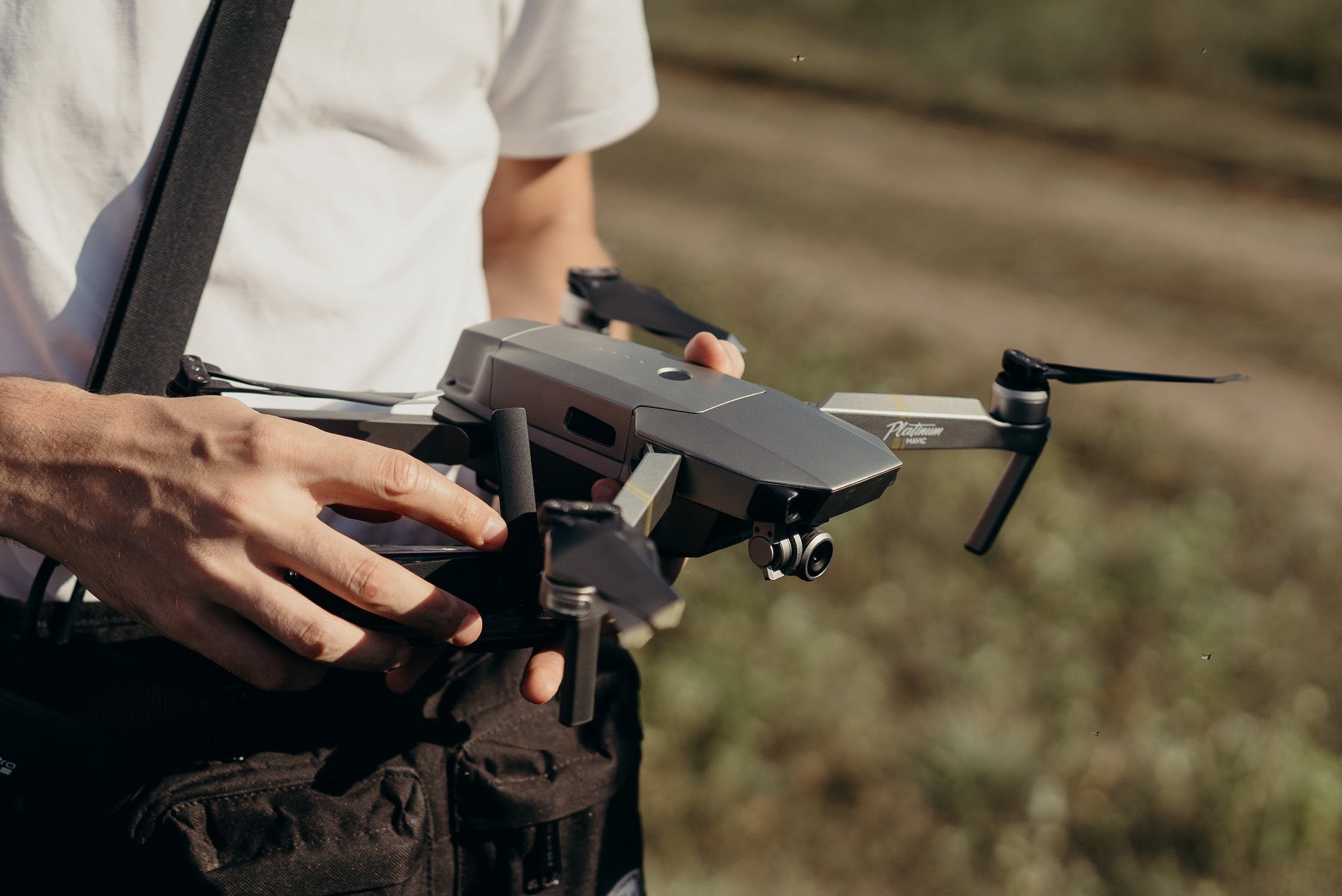

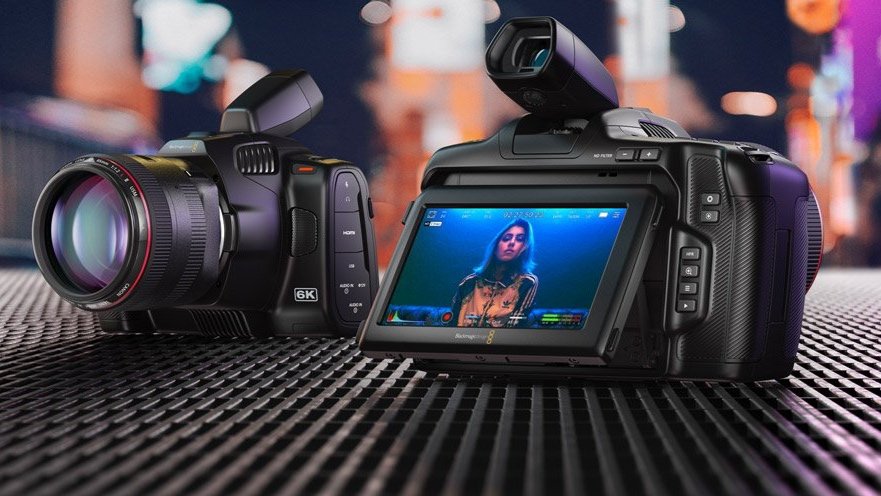
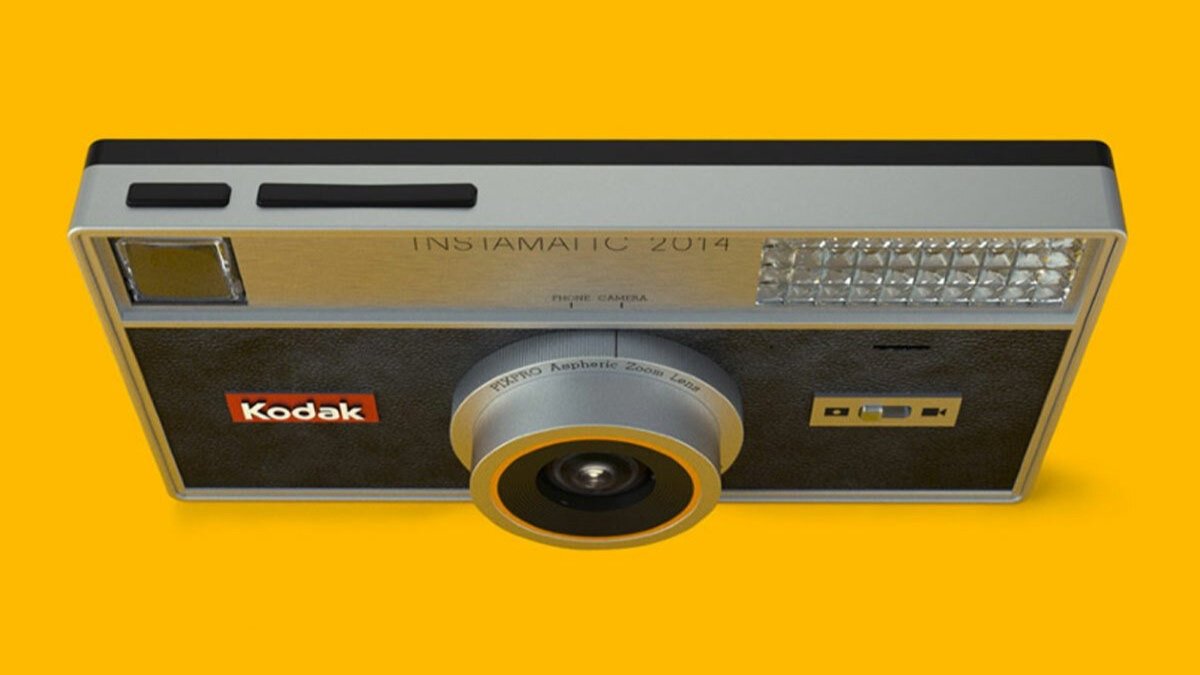
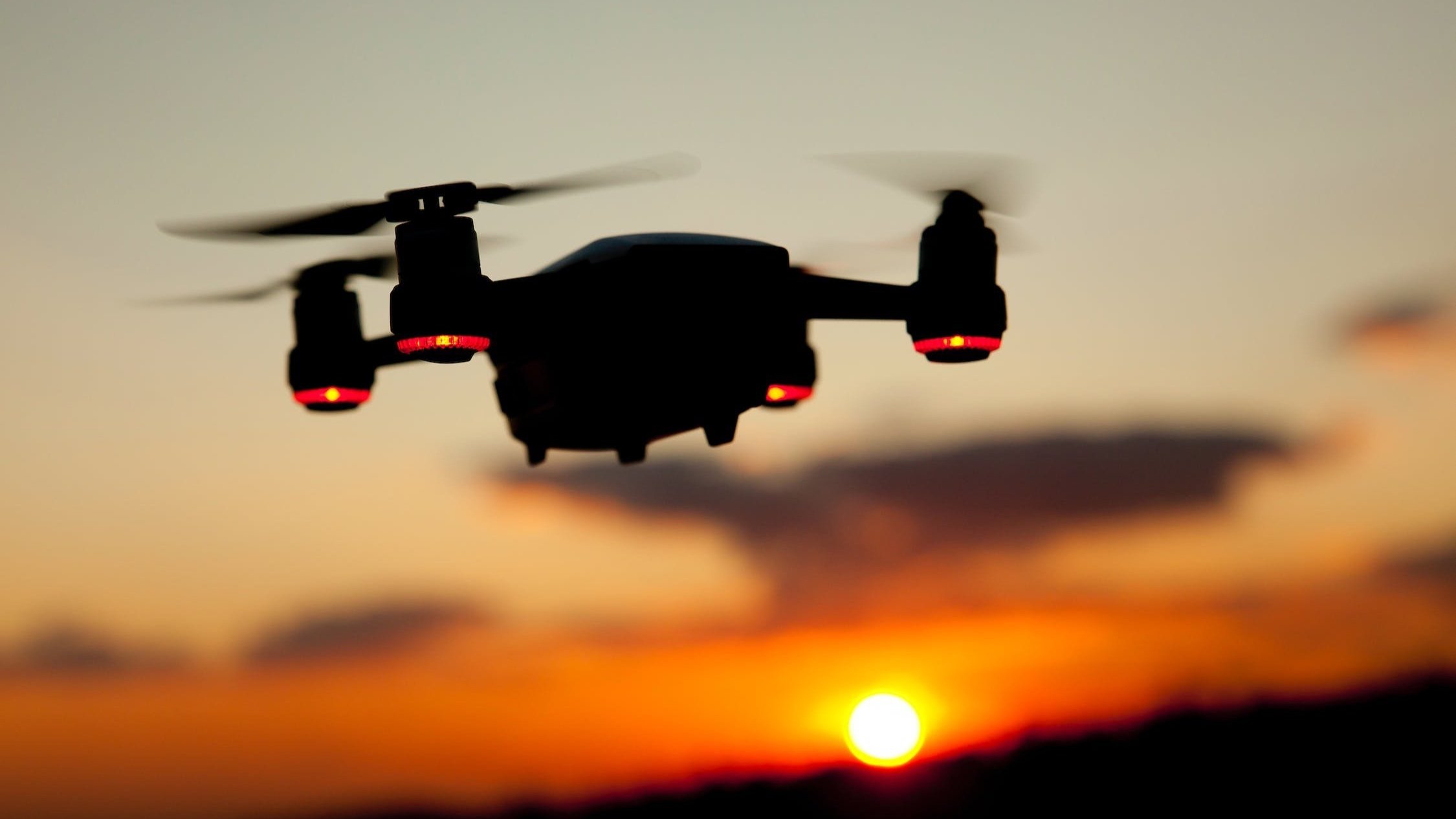
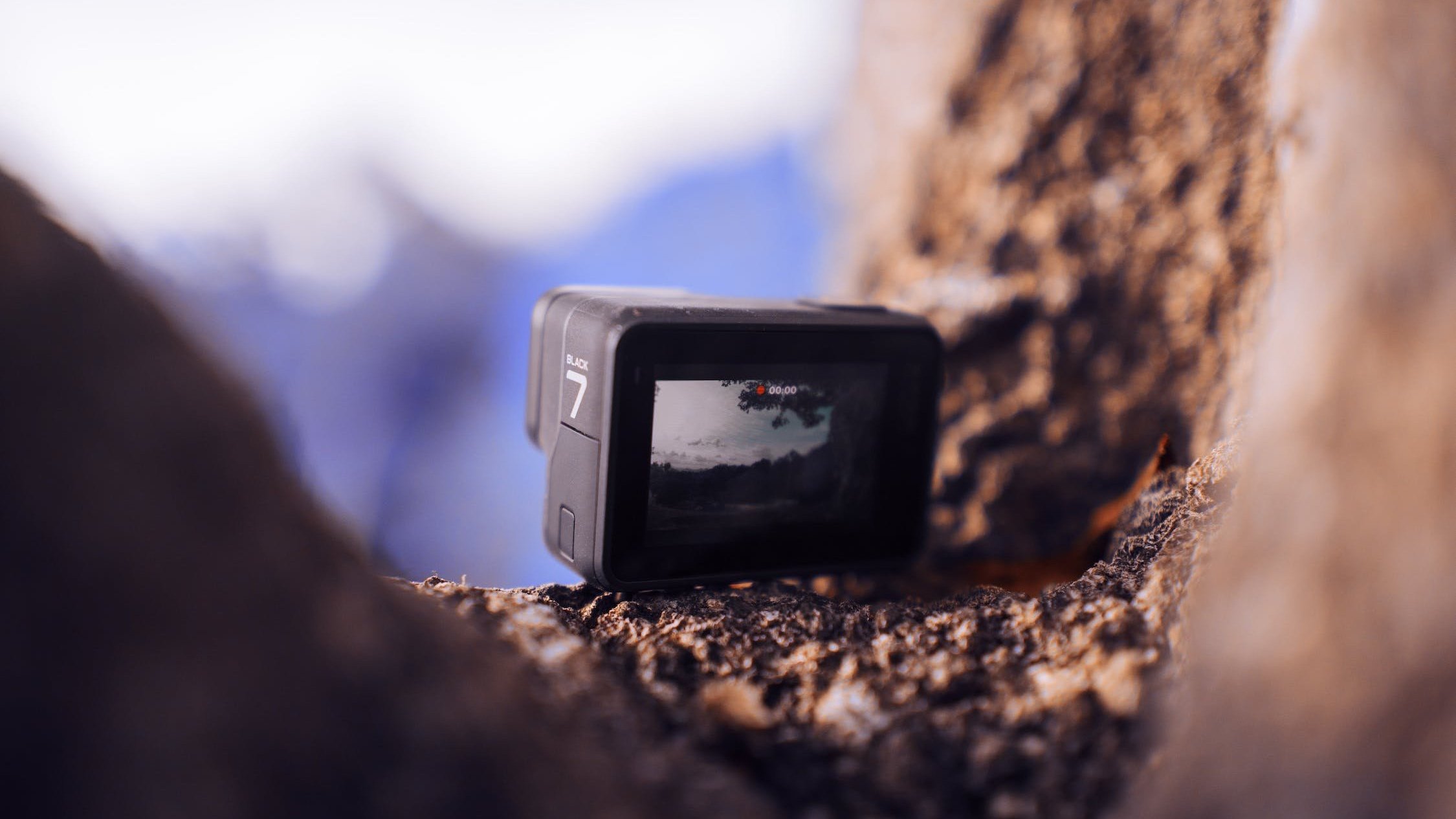
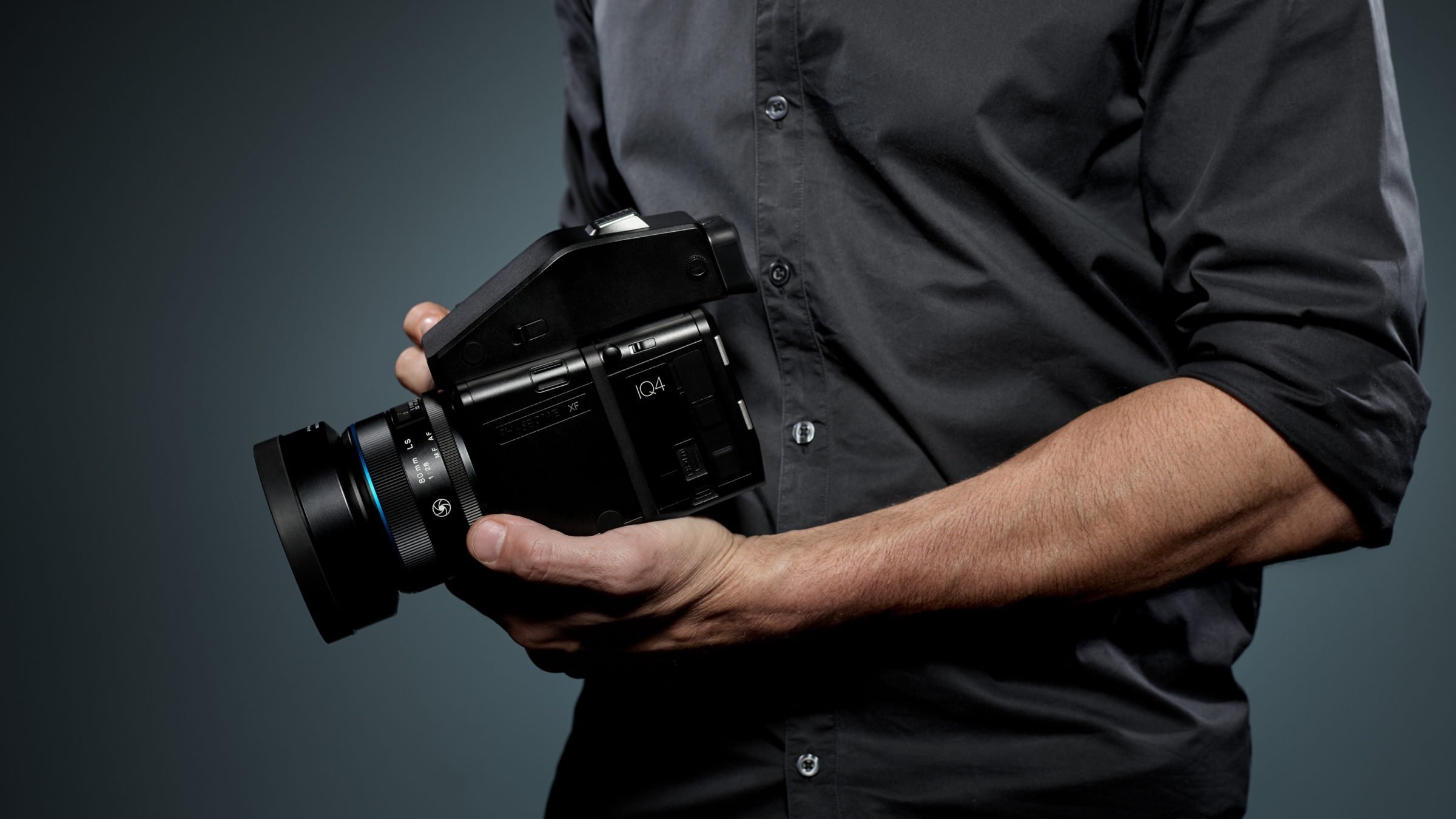
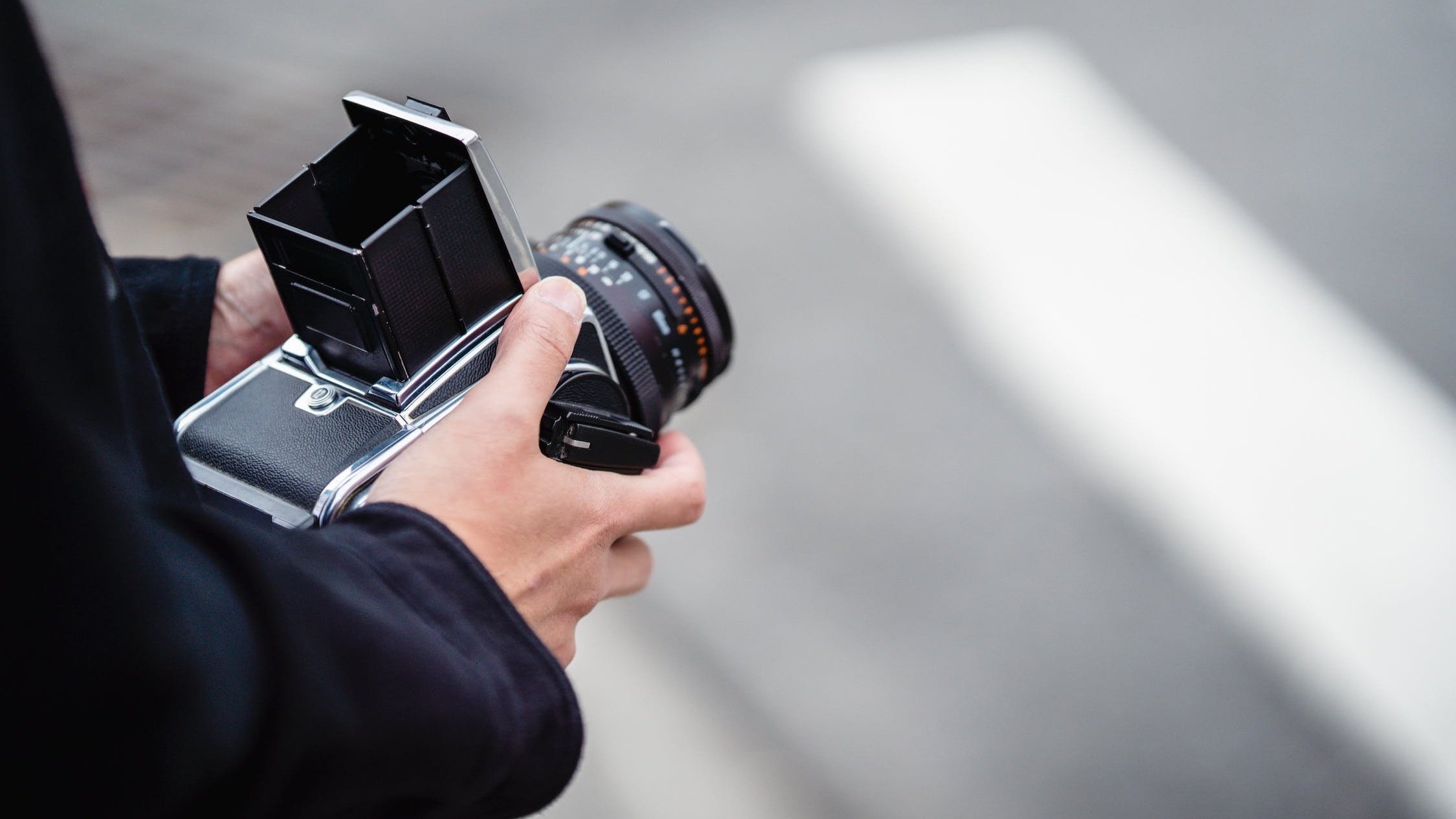
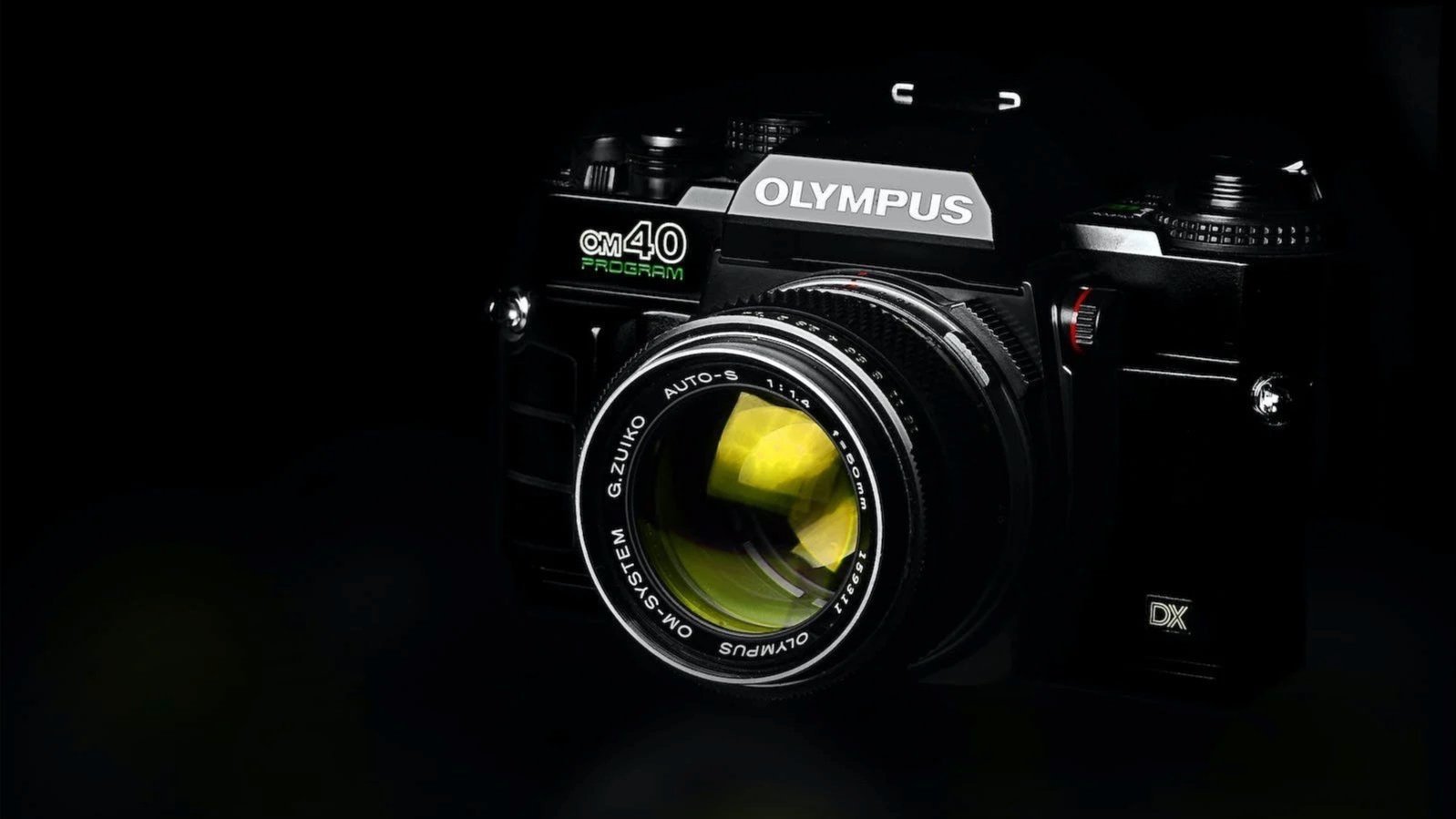
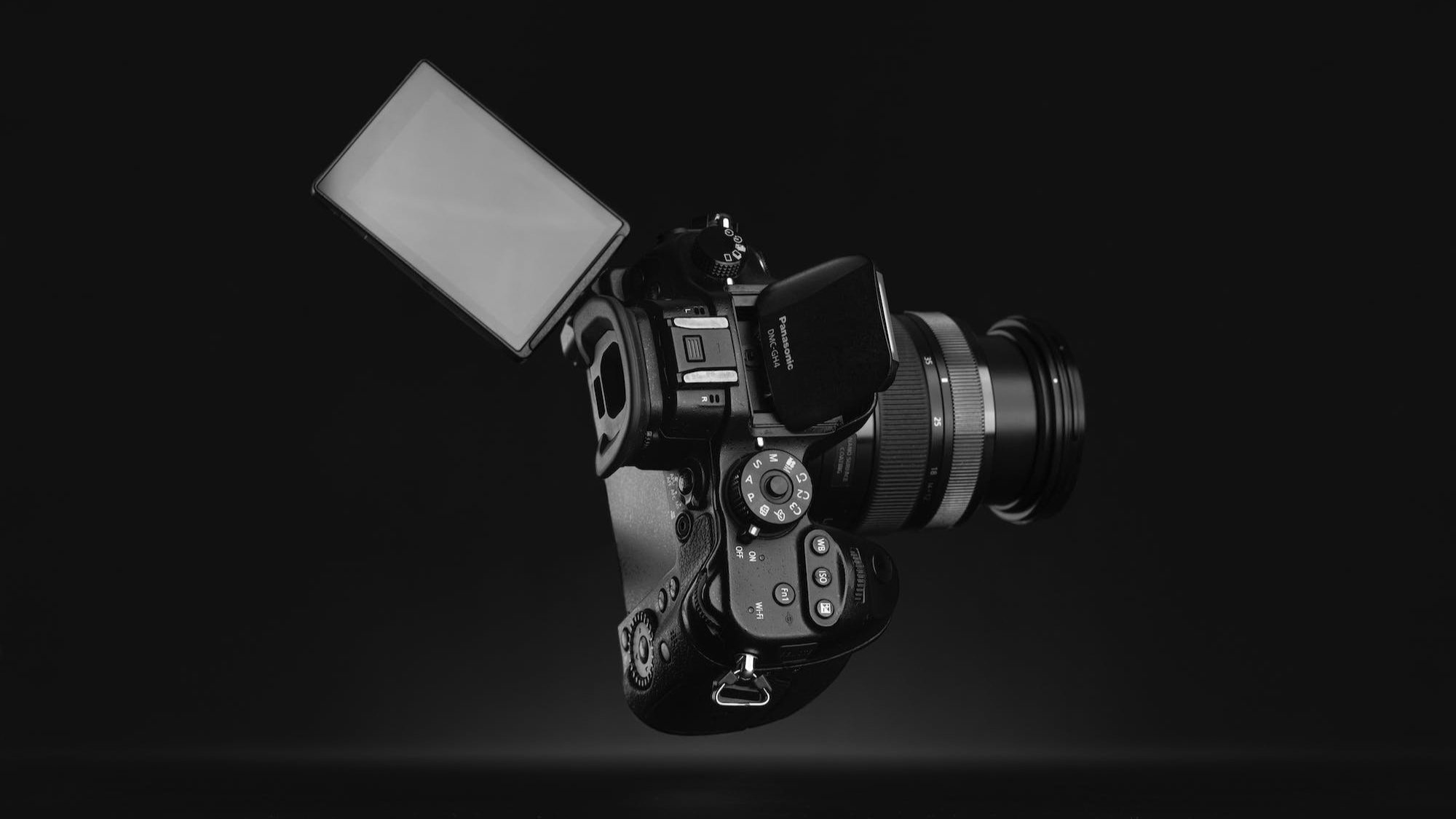

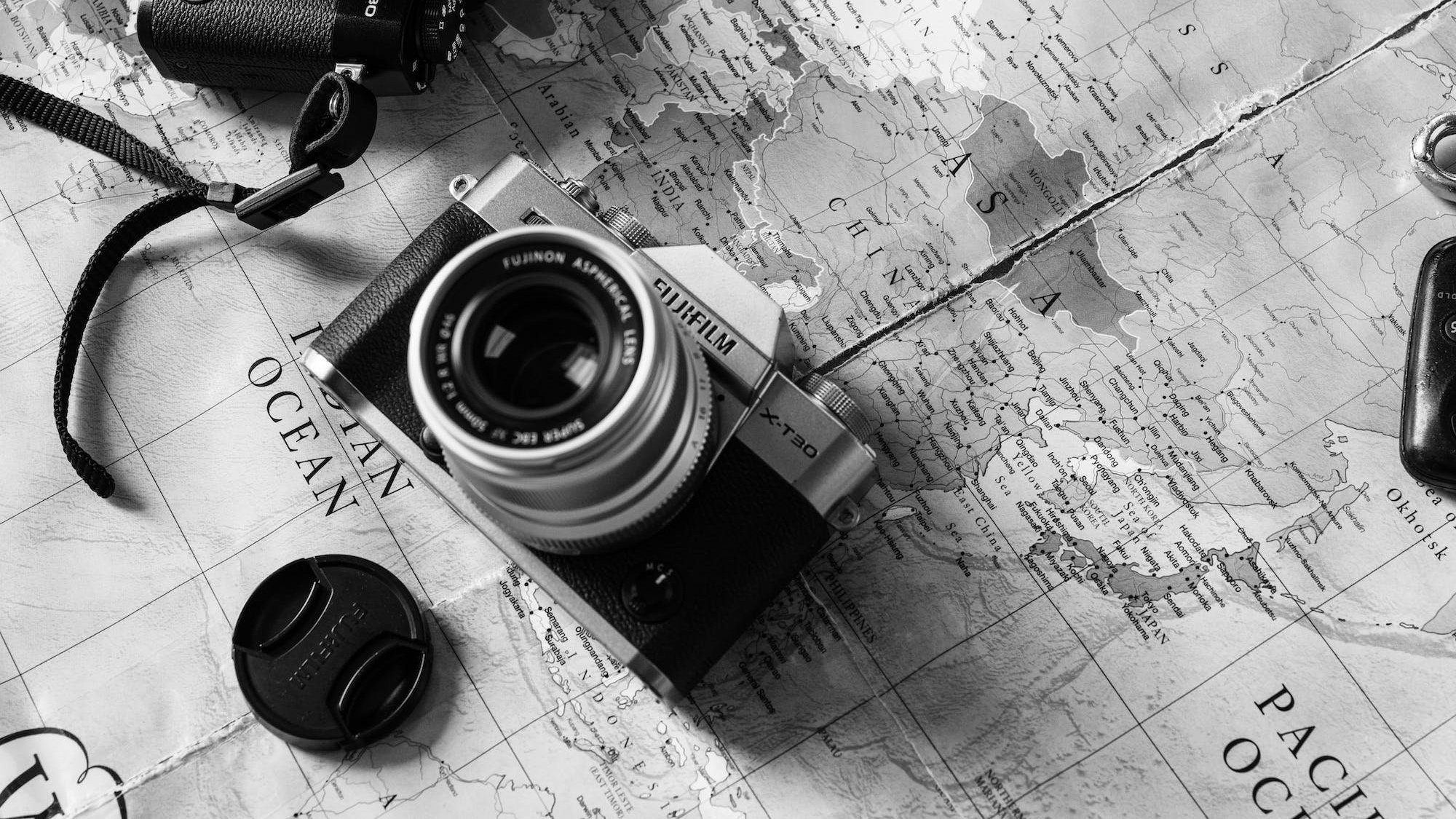
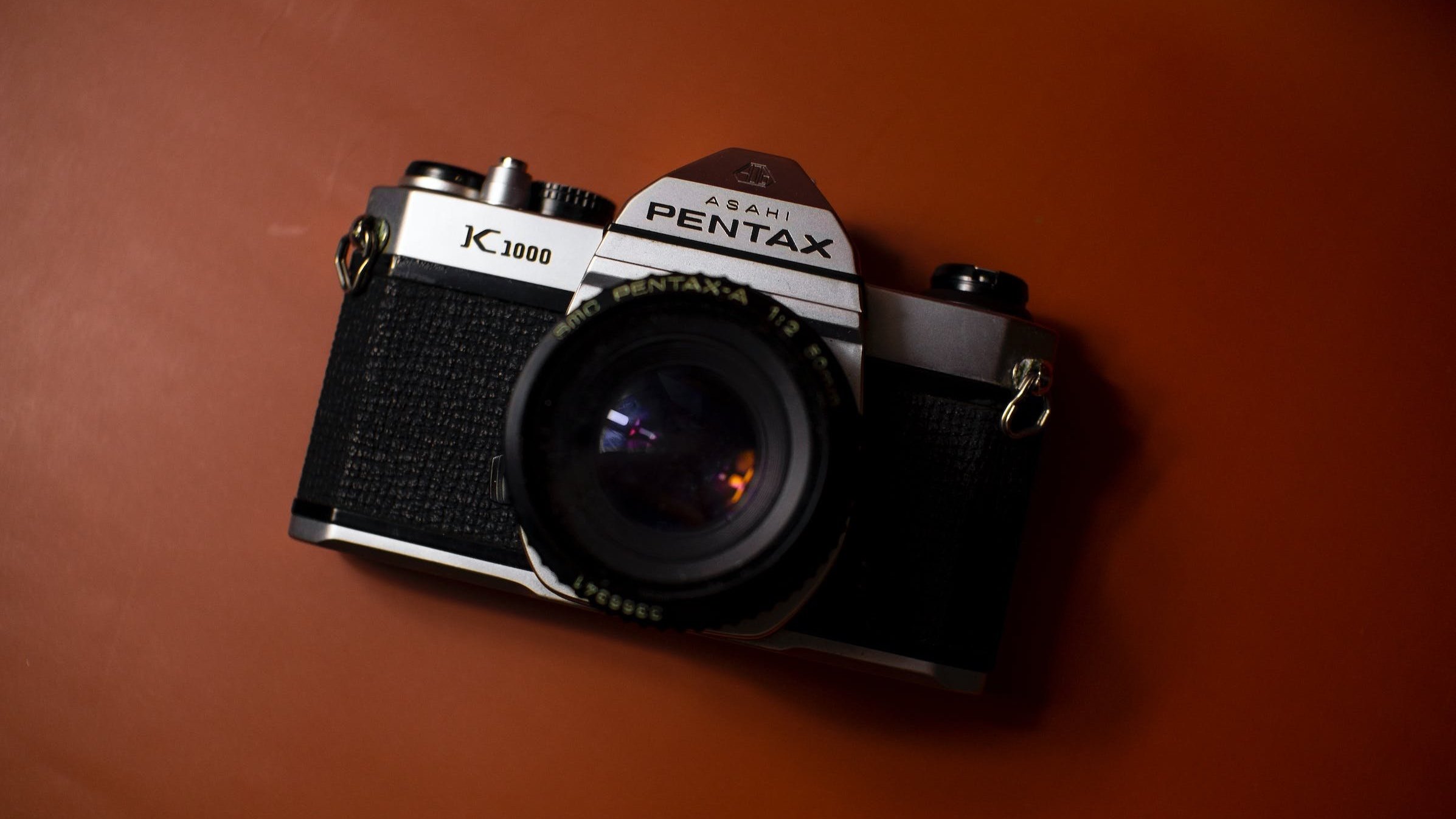
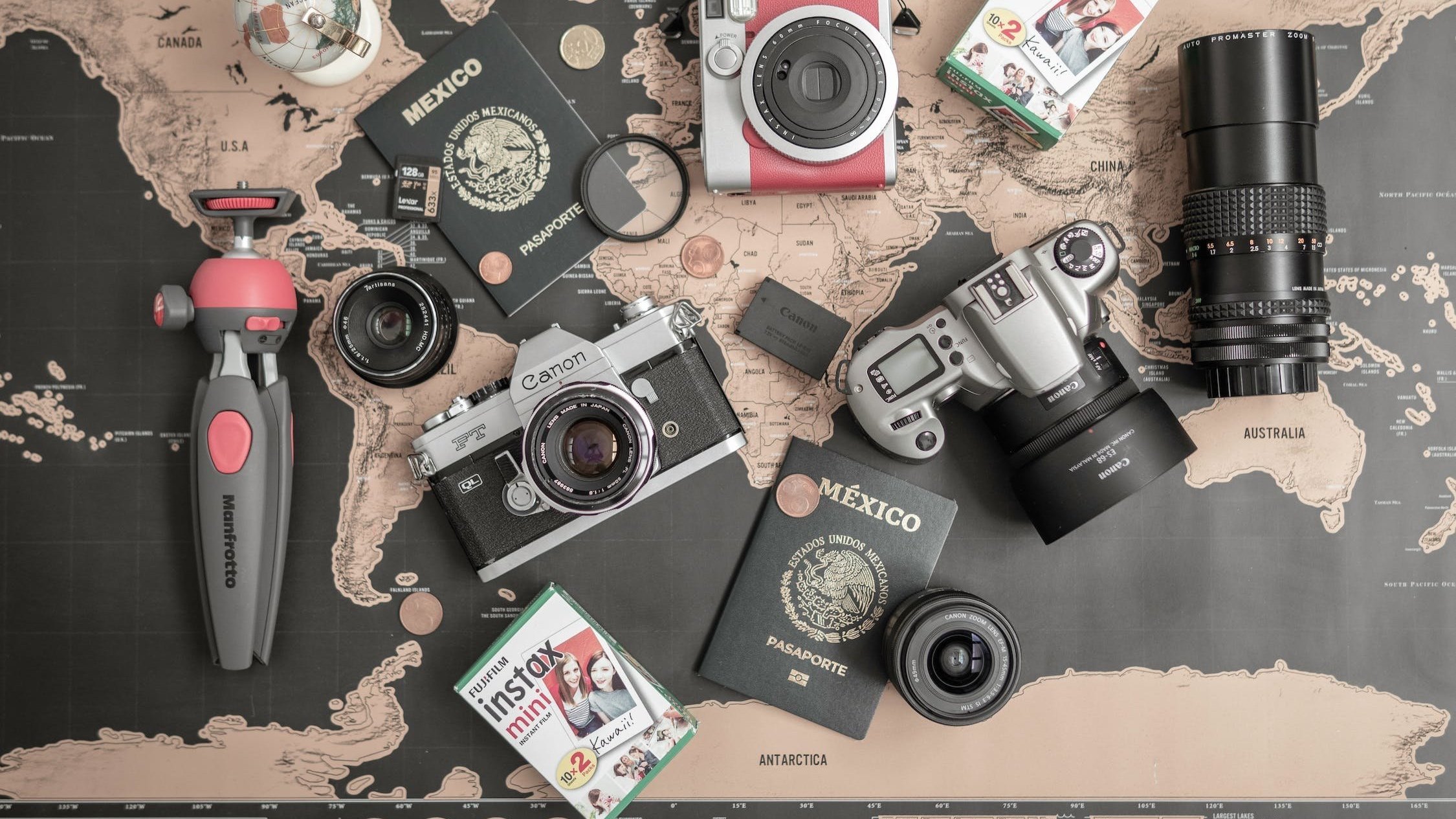
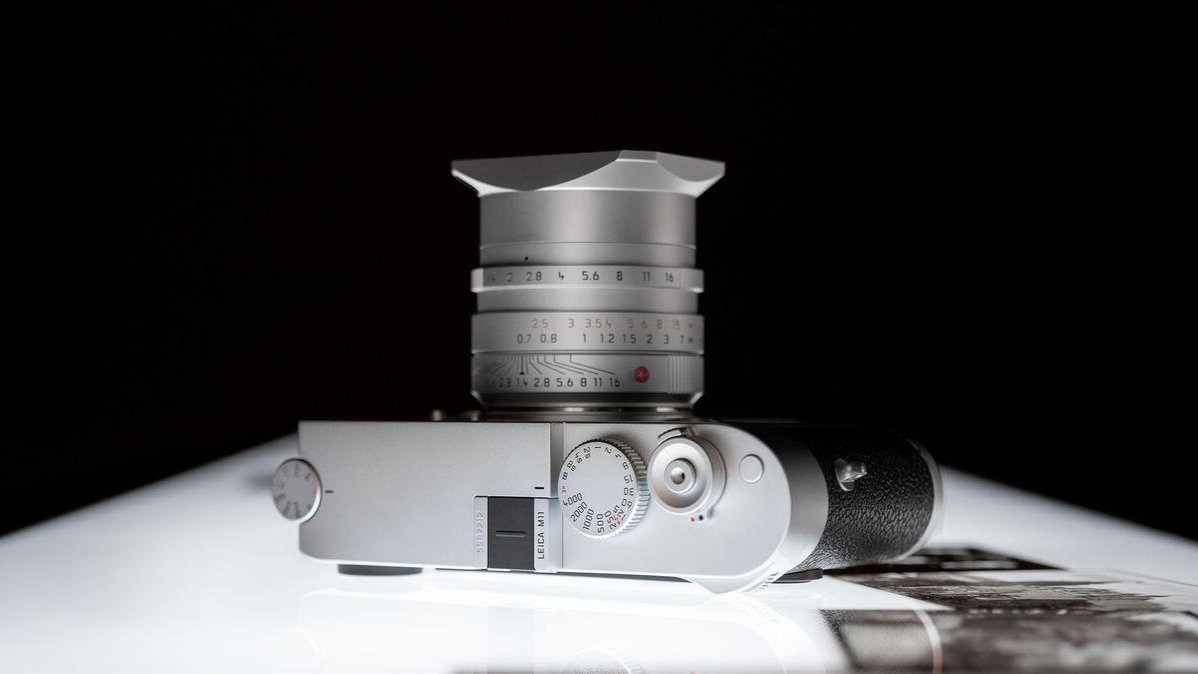
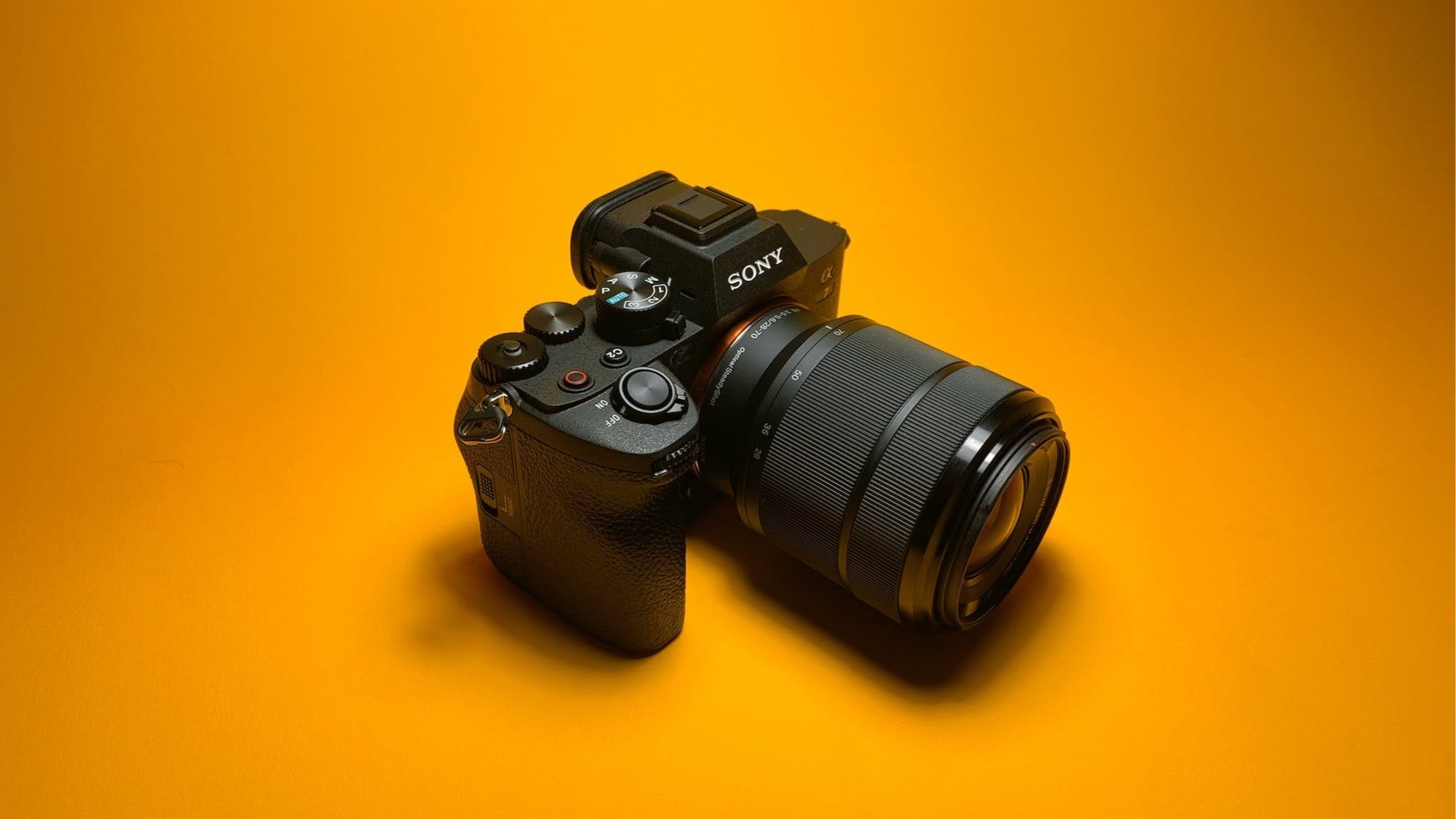
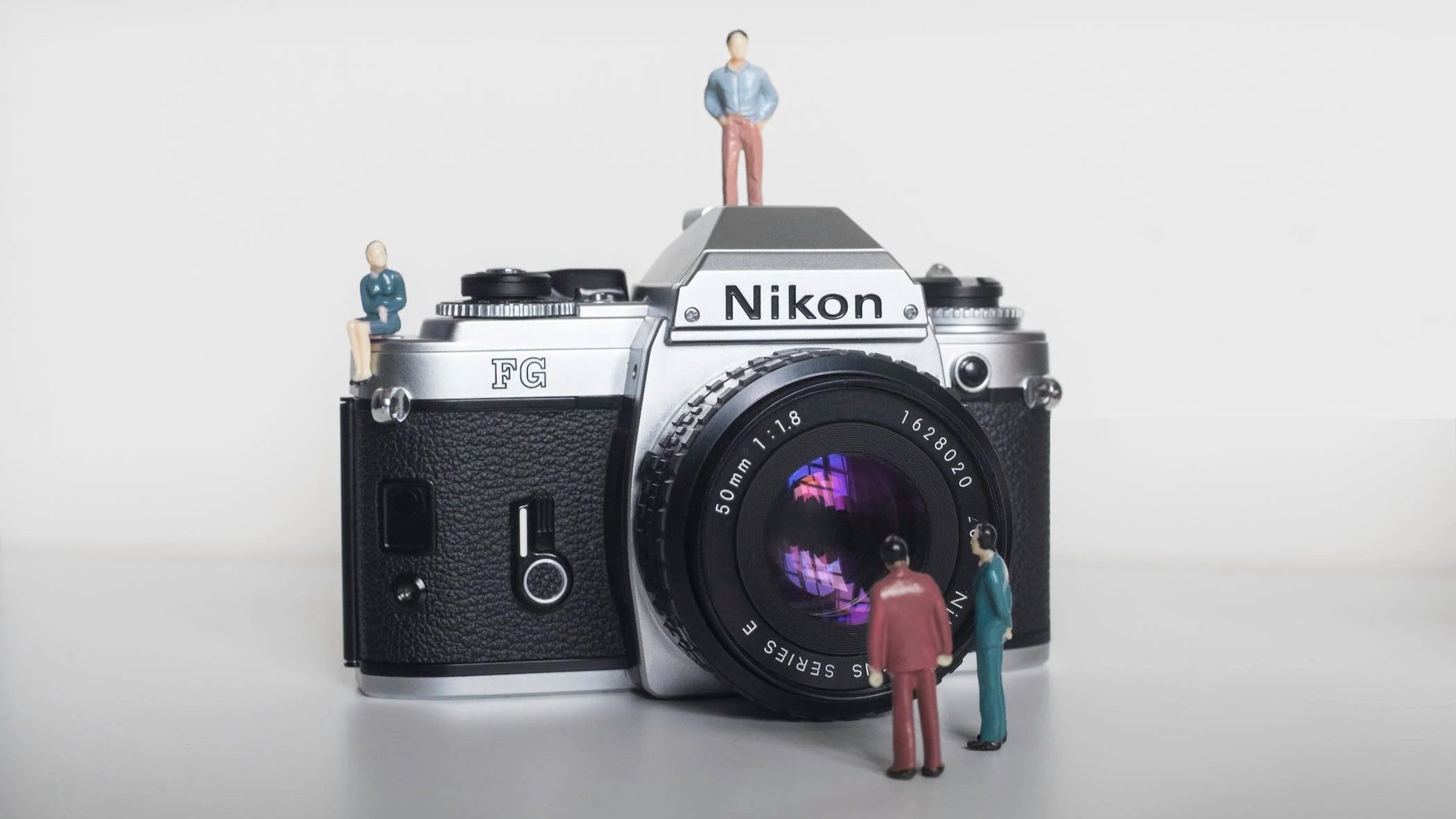
Lomography, a term and a movement that resonates deeply in the world of photography, represents more than just a style or a technique—it signifies a philosophy, a way of seeing and capturing the world. Rooted in a spirit of spontaneity, experimentation, and a celebration of imperfection, Lomography encourages …